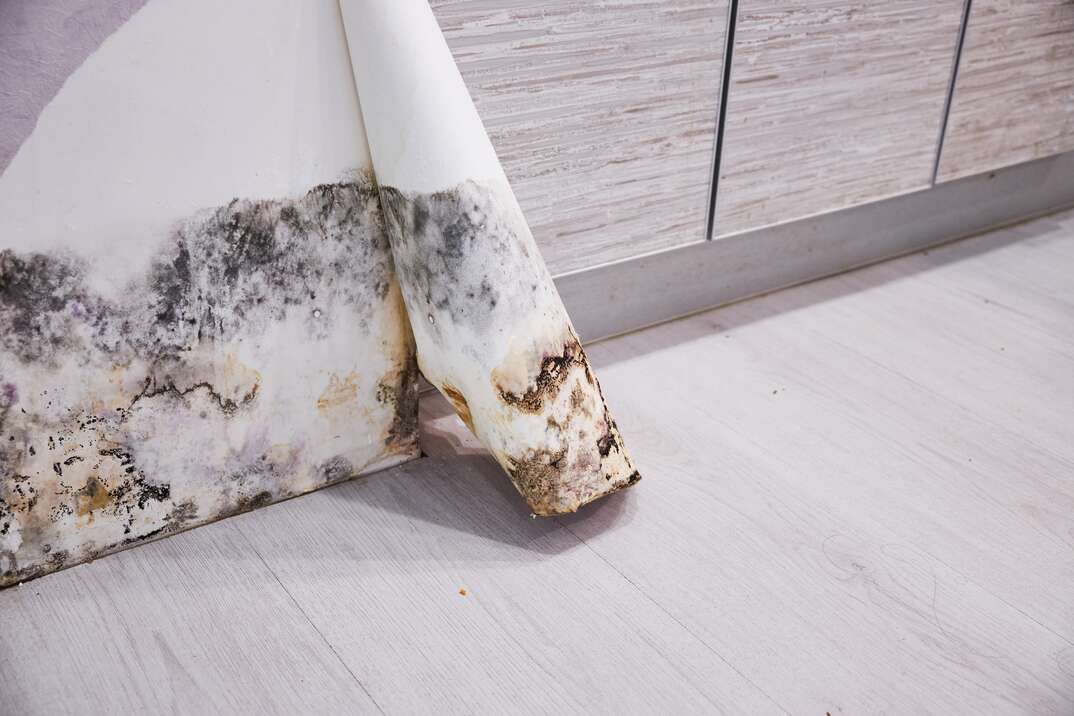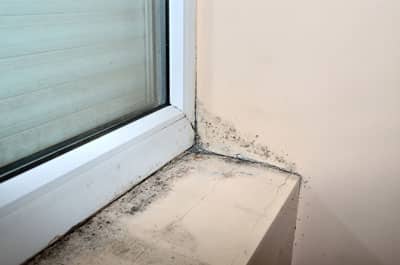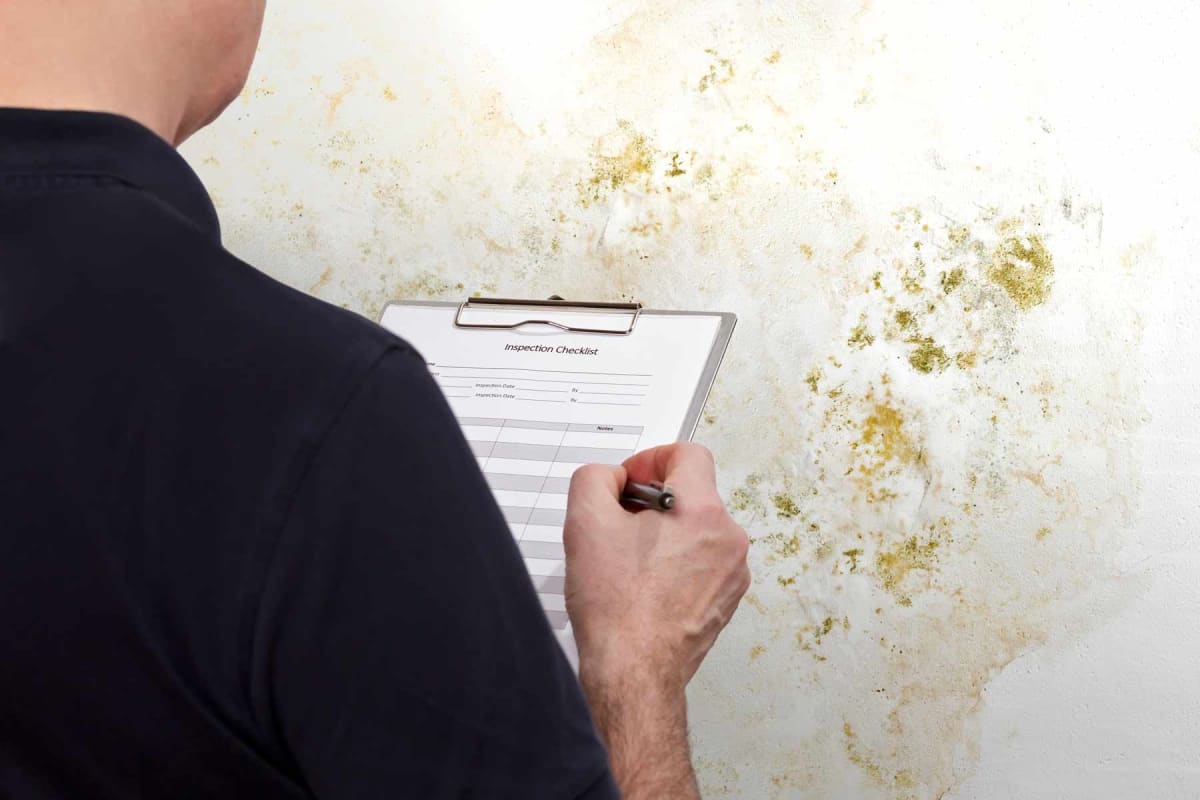Making Certain Post Remediation Verification Precision
Wiki Article
Your Ultimate Guide to Blog Post Mold Remediation Strategies
Browsing the world of post-mold removal strategies is a meticulous process that requires attention to detail and a comprehensive understanding of the details involved. In the consequences of mold and mildew invasion, understanding just how to efficiently remove the mold and mildew and avoid its reoccurrence is vital for maintaining a healthy and balanced indoor environment. From picking the best cleaning and decontaminating techniques to executing strategies for lasting mold and mildew prevention, each step in the removal journey plays a crucial duty in making sure a successful end result. As we start this exploration of post-mold removal techniques, we will certainly discover the key strategies and best methods that can assist you restore your room to its pre-mold problem and secure it against future mold hazards.Understanding Post-Mold Remediation Refine
After completing the mold and mildew removal procedure, it is critical to understand the post-mold remediation techniques that are required to make sure a reliable and complete clean-up. When the mold has been gotten rid of, the following action includes cleaning and sanitizing the influenced areas to stop any type of regrowth of mold. This includes making use of specialized cleaning up agents to wipe down surface areas and kill any remaining mold and mildew spores. It is essential to dry out the location totally to dissuade the growth of mold in the future (what to do after mold remediation). Proper ventilation and dehumidification can assist in this procedure.
In addition, carrying out a last inspection post-remediation is crucial to guarantee that all mold and mildew has actually been successfully eliminated. If the examination reveals any type of sticking around mold and mildew, added remediation may be necessary.
Effective Cleansing and Decontaminating Approaches

Stopping Future Mold Growth

Significance of Proper Ventilation
Proper ventilation plays an essential role in protecting against moisture build-up, a key element in mold and mildew growth within indoor environments. Efficient air flow systems aid get rid of excess humidity from the air, minimizing the chances of mold and mildew spores locating the dampness they require to sprout and spread. Without sufficient ventilation, indoor spaces can end up being a breeding place for mold, causing prospective health and wellness threats and architectural damages.By making sure proper air blood circulation, air flow systems can also help in drying wet locations faster after water damage or flooding cases, further hindering mold growth. Post Remediation verification. Precede like bathrooms, cooking areas, attic rooms, and basements where wetness levels have a tendency to be greater, mounting and maintaining efficient ventilation systems is critical in stopping mold and mildew infestations

Surveillance and Maintenance Tips
Provided the vital role that appropriate ventilation plays in avoiding mold growth, it is necessary to establish efficient monitoring and maintenance ideas to make certain the continued capability of air flow systems. Normal inspections of air flow systems must be carried out to examine for any type of indicators of clogs, leaks, or malfunctions that could hinder appropriate air movement. Surveillance moisture levels within the building is likewise essential, as high moisture can contribute to mold and mildew growth. Setting up a hygrometer can aid track humidity degrees and alert home owners to any type of spikes that might require focus. Furthermore, ensuring that air filters are consistently cleaned up or changed is important for preserving the efficiency of the ventilation system. Applying a schedule for routine upkeep tasks, such as duct cleansing and HVAC system assessments, can help avoid concerns before they rise. By staying positive and mindful to the condition of ventilation systems, homeowner can successfully reduce the threat of mold regrowth and keep a healthy indoor atmosphere.
Verdict
In verdict, post-mold remediation techniques are important for making sure After mold remediation a safe and clean setting. Recognizing the process, implementing effective cleansing and sanitizing methods, preventing future mold and mildew growth, maintaining correct air flow, and regular surveillance are all critical actions in the remediation process. By adhering to these standards, you can effectively eliminate mold and mildew and avoid its return, advertising a healthy and balanced living or working area for all residents.In the aftermath of mold and mildew invasion, knowing just how to successfully eradicate the mold and mildew and avoid its reoccurrence is critical for keeping a healthy and balanced interior atmosphere. Once the mold and mildew has actually been eliminated, the next action entails cleansing and sanitizing the affected locations to protect against any type of regrowth of mold - Post Mold Remediation. After getting rid of visible mold development, it is important to cleanse all surface areas in the affected location to get rid of any kind of continuing to be mold and mildew spores. To even more enhance mold and mildew avoidance steps, it is essential to resolve underlying concerns that at first led to mold and mildew advancement.Offered the important function that appropriate air flow plays in avoiding mold and mildew growth, it is vital to establish reliable monitoring and maintenance ideas to make certain the ongoing functionality of air flow systems
Report this wiki page